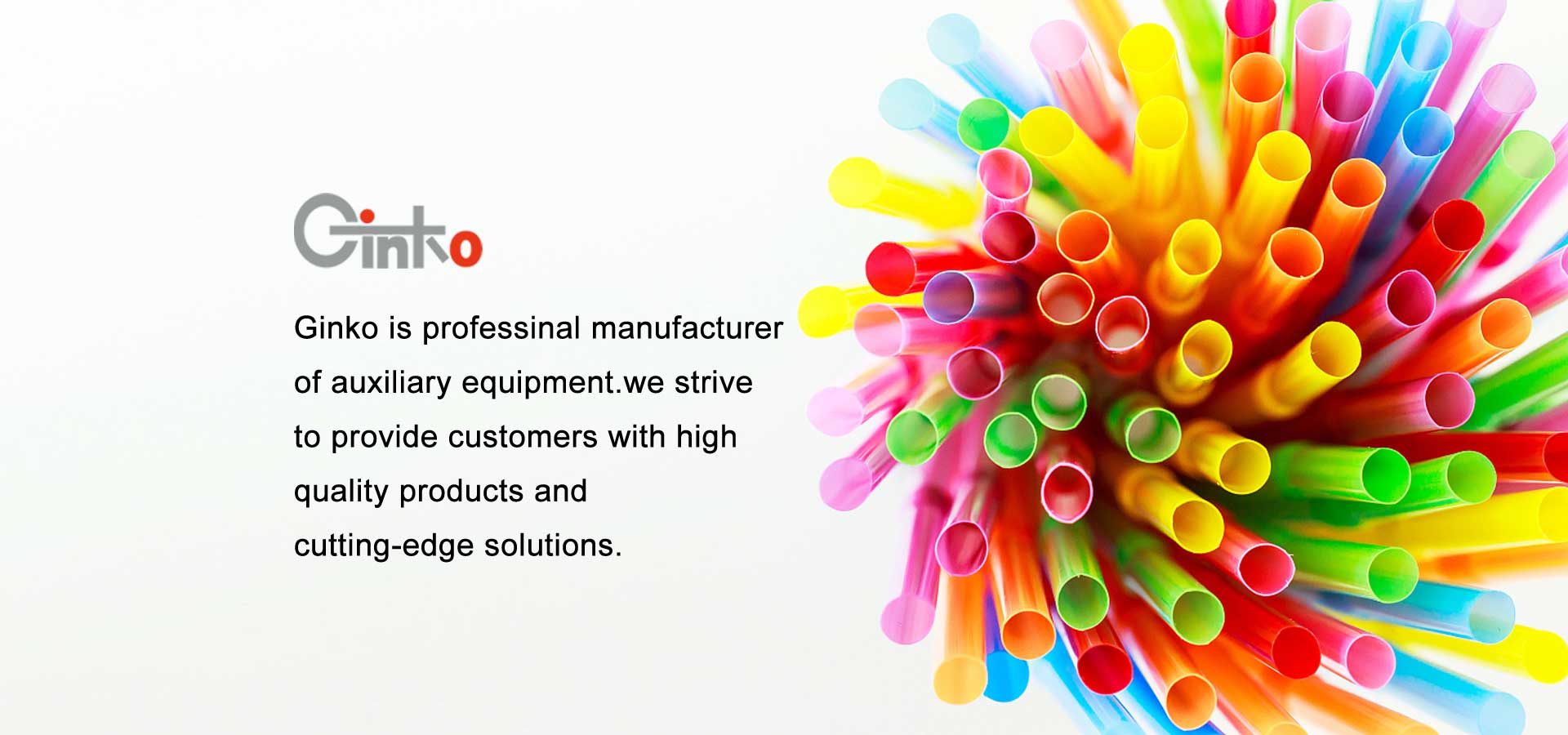Vacuum drying
2018-05-07
At present, vacuum drying has also entered the field of plastic processing. For example, the vacuum drying equipment developed by Maguire, USA, has been applied to plastic processing. This continuous operation type machine consists of three chambers mounted on a rotating conveyor. At the first cavity, when the colloidal particles are filled, a gas heated to a drying temperature is passed to heat the colloidal particles. At the gas outlet, when the material reaches the drying temperature, it is moved into a second evacuated chamber. Since the vacuum lowers the boiling point of the water, moisture is more likely to become vaporized and the moisture diffusion process is accelerated. Due to the presence of the vacuum, a greater pressure difference is created between the interior of the rubber particles and the surrounding air. Under normal circumstances, the residence time of the material in the second cavity is 20min to 40min, and for some materials with strong hygroscopicity, it needs to stay at most 60min. Finally, the material is sent to a third chamber and is thus removed from the dryer.
In dehumidified gas drying and vacuum drying, the energy consumed to heat the plastic is the same because both methods are performed at the same temperature. However, in vacuum drying, gas drying itself does not require energy consumption, but it requires the use of energy to create a vacuum. The energy required to create a vacuum is related to the amount of dried material and the amount of moisture.





